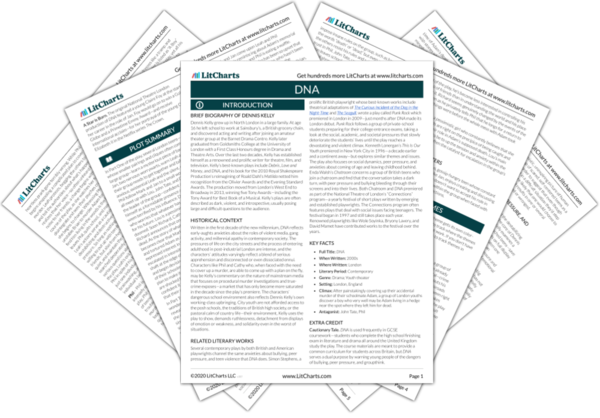As Jan describes the abuse that she, Mark, and the others perpetrated against their classmate, it becomes clear that this group relishes the opportunity to bully other people in pursuit of elevating their own social clout and confirming their solidarity and superiority. It’s never clear who, exactly, did what to Adam and when, so Jan’s vague descriptions highlight just how common this behavior is amongst the group; any of them could have caused Adam’s apparent death.


